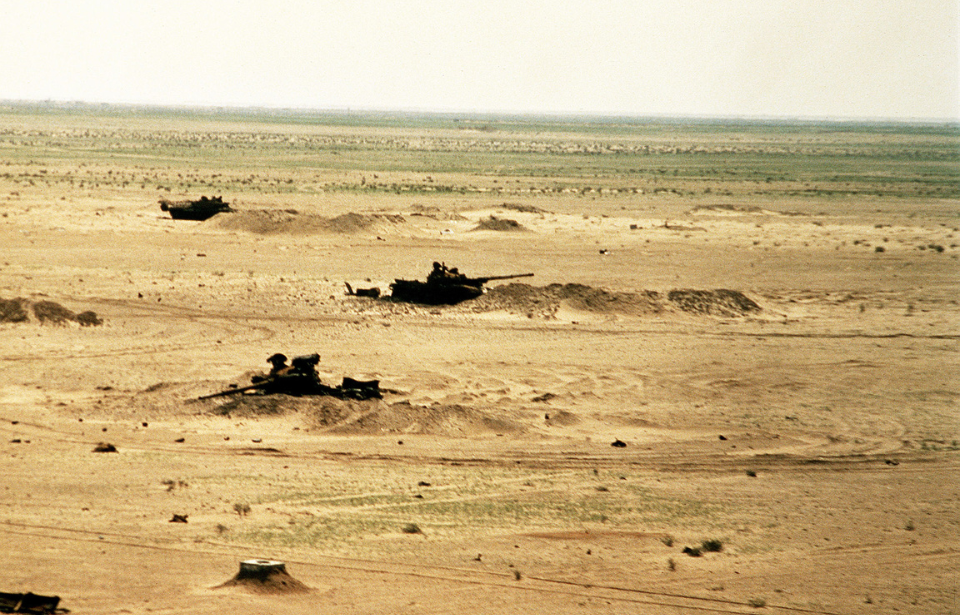The First Gulf War consisted of a number of fierce battles between the Iraqi and coalition forces. The first phase of the conflict, dubbed Operation Desert Shield, involved building up a strong enough force to fight against the Iraqis, while the second, known as Operation Desert Storm, involved brutal air and ground campaigns.
The four-day ground campaign during Desert Storm was completed under the codename “Operation Desert Sabre,” and featured some of the deadliest and most intense tank battles since the Second World War. The largest was the Battle of Norfolk, which was given the nickname “Fight Night” for the conditions under which the coalition forces were made to fight the Iraqis.
The beginning of Operation Desert Sabre
As aforementioned, the four-day Operation Desert Sabre featured some of the most brutal battles of the Gulf War, including the battles of 73 Easting, Norfolk and Medina Ridge. It was launched on February 24, 1991, with American and British troops forming one of the largest tank forces ever assembled: over 3,000 tanks and thousands more armored support vehicles.
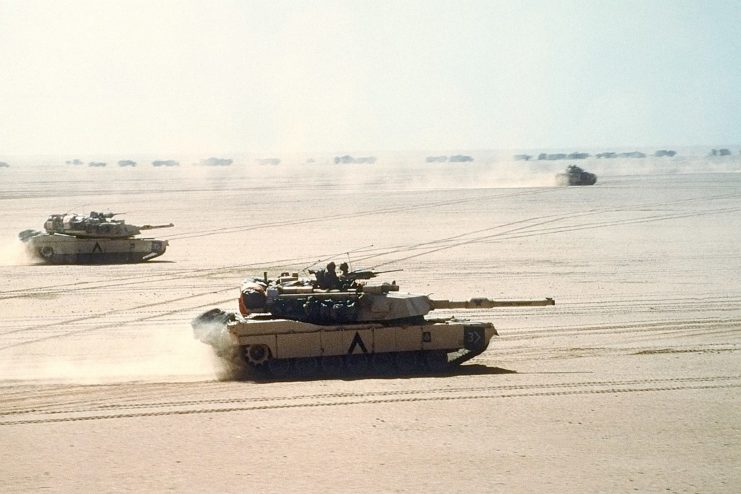
The plan of action was formulated by US Army Gen. Norman Schwarzkopf. Calling it the “Left Hook,” the aim was to have the coalition forces rush north into Iraq, before making an abrupt turn to the east, toward Kuwait City. This would allow them to stretch along some 300 miles of Iraq’s border with Saudi Arabia, and the hope was all forms of enemy resistance would be destroyed along the way.
There’s debate as to the reason behind the lack of Iraqi response to the offensive. It’s reported military officials had their suspicions, but, for one reason or another, failed to act. Over the course of the first two days of Operation Desert Sabre, tens of thousands of Iraqi infantrymen put up a fruitless fight, and many surrendered to the coalition forces almost immediately.
Battle of 73 Easting
It was on the morning of February 26, 1991 that the armored ground war truly began. Gen. Schwarzkopf had been surprised by the speed at which the invasion had progressed and, not wanting to lose their advantage, ordered his troops to push forward.
As the day went on, the US 2nd Armored Cavalry Regiment, supported by other units, began their move east toward Kuwait. Along the way, they ran into a tank division of the Republican Guard, an Iraqi force. When fighting broke out between both sides, the coalition force consisted of just nine M1A1 Abrams tanks, commanded by US Army Capt. H.R. McMaster. In just 23 minutes, his men were able to destroy not just 28 enemy tanks, but 30 trucks and 16 personnel carriers, as well.
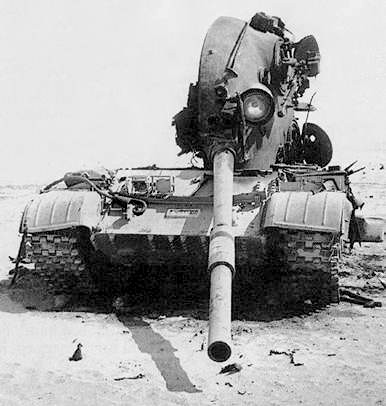
The troop eventually called for backup and were joined by additional US tanks, with more than 840 armored vehicles involved in all. With the Iraqi forces out of the way, the coalition forces continued their journey into Kuwait.
Battle of Norfolk – AKA “Fright Night”
The Battle of Norfolk began just two hours after the Battle of 73 Easting, at 12:30 AM on February 27, 1991. It involved a number of divisions from both the US and the UK, most notably the US 2nd Armored Divsion (Forward) and the US 1st Infantry Division (Mechanized). The Iraqi opposition consisted of the 9th Armored and 18th Mechanized brigades of the Republican Guard Tawakalna Mechanized Infantry Division, among other elements.
While the battle was primarily fought between tanks and other armored vehicles, including the British Challenger 1 main battle tank (MBT), additional weapons and support were used. This included the use of the M270 Multiple Launch Rocket System (MLRS), as well as attack helicopters flown by the 2nd Battalion, 1st Aviation Division.
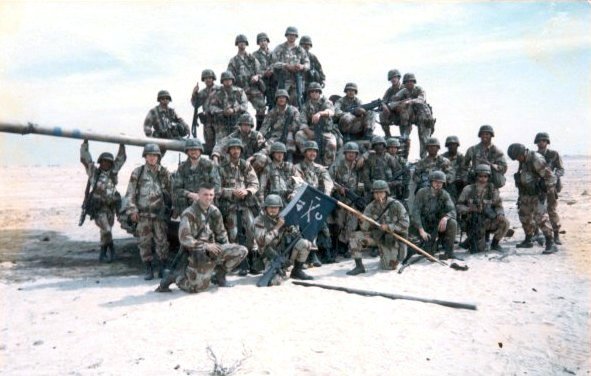
The aim of the battle was to advance toward Objective Norfolk, an otherwise nameless patch of ground near the Iraqi-Kuwait border that served as an intersection for Iraqi supply lines. It was defended by a large number of Republican Guard divisions, who weren’t willing to go down without a fight.
The coalition advance was led by the 2nd Armored Division (Forward)’s Task Force 1-41 Infantry, which served as the spearhead for the US VII Corps. The British 1st Armoured Division was tasked with protecting the right flank of the VII Corps. As they made their advance, they drove by Iraqi tanks that had been shut off for the night.
While the coalition forces had been able to attack via the element of surprise, that was about the only thing working in their favor. Not only were they engaging in battle at night, but it was rainy and the air was shrouded in smoke. This meant that many fired on friendly tanks and personnel, leading to a number of American casualties. In fact, it was during the battle that Task Force 1-41 Infantry became involved in the worst US friendly fire incident of the entire Gulf War.
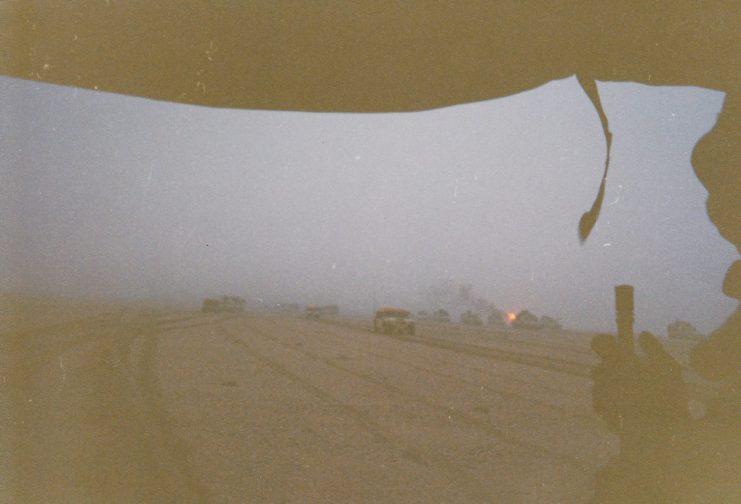
In an attempt to stop the coalition advance, Iraqi soldiers swarmed their tanks, hoping to find holes through which they could aim their machine guns. This proved fruitless, as the tankers had sealed their hatches and comrades on nearby vehicles were firing their own machine guns. The enemy forces also attempted to launch attacks with rocket-powered grenade launchers, but these, too, were stopped by coalition fire.
Aftermath of the Battle of Norfolk
The coalition forces – particularly the US 1st Infantry Division – were eventually able to break through the Iraqi defenses and gain control of Objective Norfolk. That same day, the Battle of Medina Ridge took place. By the morning of February 28, 1991, a cease-fire had been called, ending the Gulf War.
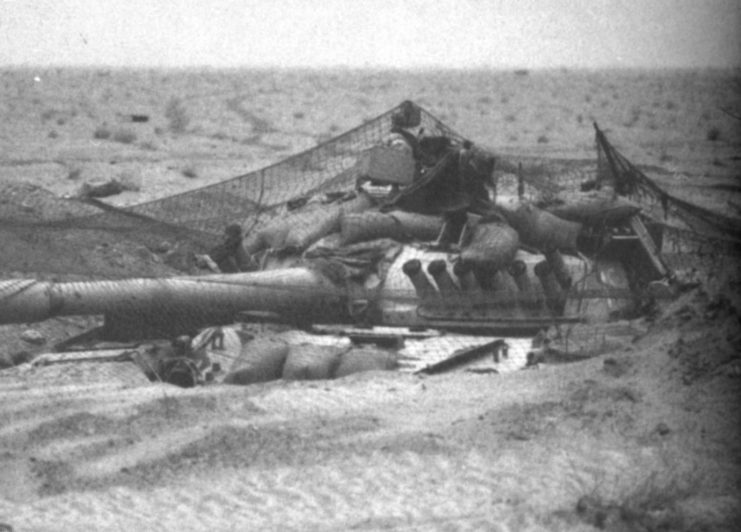
By the time the coalition forces had reigned victorious at the Battle of Norfolk, the Tawakalna Division of the Republican Guard ceased to exist. It’s estimated that between 850 and 1,100 Iraqi tanks were destroyed, along with hundreds of armored personnel carriers and artillery. Thousands of Iraqi troops were also taken prisoner.
More from us: Operation Trent: The British Special Air Service’s Astonishing Daylight Mission in Afghanistan
For the coalition soldiers who participated in the battle, it remains one of the most terrifying of the conflict, as well as one of the costliest for the Americans. In particular, Task Force 1-41 Infantry lost around a dozen combat vehicles, including many of their M1A1 Abrams tanks.
